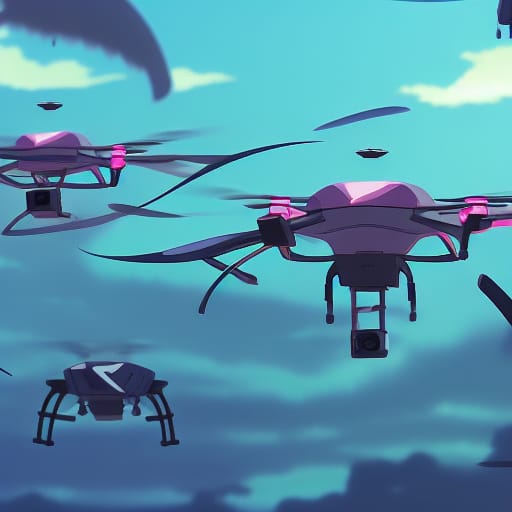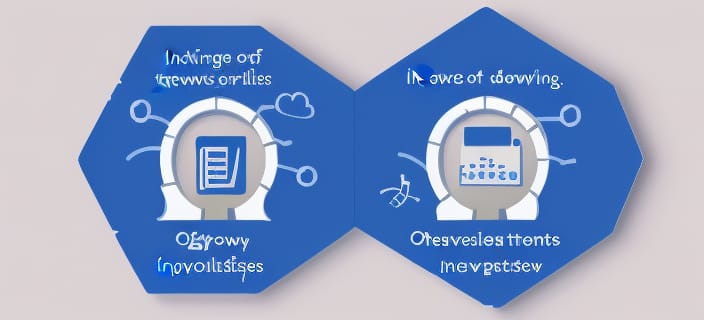There is friction between a microservices architecture and life cycle management goals for application releases. One significant motivation for microservices is independent life cycle management, so that capabilities with well-defined boundaries can be developed and operated by self-contained, self-directed teams. This allows for more efficient workflows, so that a fast-moving code base is not held back by other slower-moving code bases.
Typically, an application (a collection of services that form an integrated whole and are offered together as a product to users) is rolled out with major and minor releases on some cadence. Major releases include large feature enhancements and some degree of compatibility breakage, so these may happen on an annual or semi-annual basis. Minor releases or patches may happen quarterly, monthly, or even more frequently. With microservices, the expectation is that each service may release on its own schedule without coordination with all others even within the scope of an integrated application. A rapid release cadence is conducive to responsiveness for bug fixes and security fixes, which protect against exposing vulnerabilities to exploits.
One advantage of applications on the cloud is that a single release of software can be rolled out to all users in short order. This removes the substantial burden on developers to maintain multiple code branches, as they had to do in the past for on-premises deployments. Unfortunately, the burden is not entirely lifted, because as software under development graduates toward production use, various pre-release versions must be made available for pre-production staging, testing, and quality assurance.
Development is already complex, needing feature development toward a future release to proceed in parallel with being able to implement bug fixes for the release that is already in production (assuming all users are on only the latest). These parallel streams of development will be in various phases of pre-production testing toward being released to production, and in various phases of integration testing with a longer-term future release schedule. Varying levels of severity for bugs mean that the urgency for fixes varies. For example, emergency fixes need to be released as a patch to production immediately, if they are needed for security vulnerabilities that are exploitable. Whereas, fixes for functional defects may wait for the next release on the regular cadence. Cherry-picking and merging fixes across code branches is tedium that every developer dreads. Independent life cycle management of source code organized according to microservices is seen as helping to decouple coordination across development teams, which are organized according to microservice boundaries.
Independent life cycle management of services relies on both backward compatibility and forward compatibility. Integration between services needs to be tolerant of mismatched versions to be resilient to independent release timing, including both upgrades, rollbacks due to failed upgrades, and rerunning an upgrade after a prior failure. Backward compatibility enables a new version of a service to interoperate with an older client. Forward compatibility enables the current version of a service—soon to be upgraded—to interoperate with a newer client, especially during the span of time (brief or lengthy) in which one may be upgraded before the other. In my article about system integration, I explained the numerous problems that make compatibility difficult to achieve. Verification of API compatibility through contract testing is the best practice, but test coverage is seldom perfect. Moreover, no contract language specifies everything that impacts compatibility. Mocking will never be representative of non-functional qualities. This is one of many reasons why confidence in verification cannot be achieved without a fully integrated system. This is how the desire for independent life cycles for microservices is thwarted. The struggle is more real than most people realize. As software professionals, we enter into every new project with fresh optimism that this time we will do things properly to achieve utopia (well, at least independent life cycle would be a small victory), and at each and every turn we are confronted by this one insurmountable obstacle.
Application features involve workflows that span two or more collaborating microservices. For example, a design-time component provides the product modeling for a runtime component for selling and ordering those products. Selling and ordering cannot function without the product model, so the collaboration between those services must integrate properly for features to work. Most features rely on collaborations involving several services. Often, the work resulting from one service is needed to drive the processing in other services, as was the case in the selling and ordering example above. This pattern is repeated broadly in most applications. Once all collaborations are accounted for across the supported use cases, the integrations across services would naturally cover every service. The desire for an independent life cycle for each service that composes the application faces the interoperability challenges across this entire scope. There goes our independence.
Given the need to certify a snapshot of all services that compose an application to work properly together, we need a mechanism to correlate the versioning of source code to versions of binaries (container images) for deployment. Source code can be tagged with a release. This includes Helm charts, Kubernetes YAML files, Ansible playbooks, and whatever other artifacts support the control plane and operations pipelines for the application. A snapshot must be taken of the Helm chart version and their corresponding container image versions, so that the complete deployment can be reproduced.
This identifies an application release as a set of releases of services deployed together. This information aids in troubleshooting, bug reporting, and reproducing a build of those container images and artifacts from source code, each at the same version as what was released for deployment. This is software release management 101, nothing out of the ordinary. What is noteworthy is our inability to extricate ourselves from the monolithic approach to life cycle management despite adopting a modern microservices architecture.
Worse still, if our application is integrated into a suite of applications, as enterprise applications tend to be, the system integration nightmare broadens the scope to the entire suite. The desire for an independent life cycle even for each application that composes the suite faces interoperability challenges across this entire scope. What a debacle this has turned out to be. The system integration nightmare is the challenge that modern software engineering continues to fail at solving across the industry.









